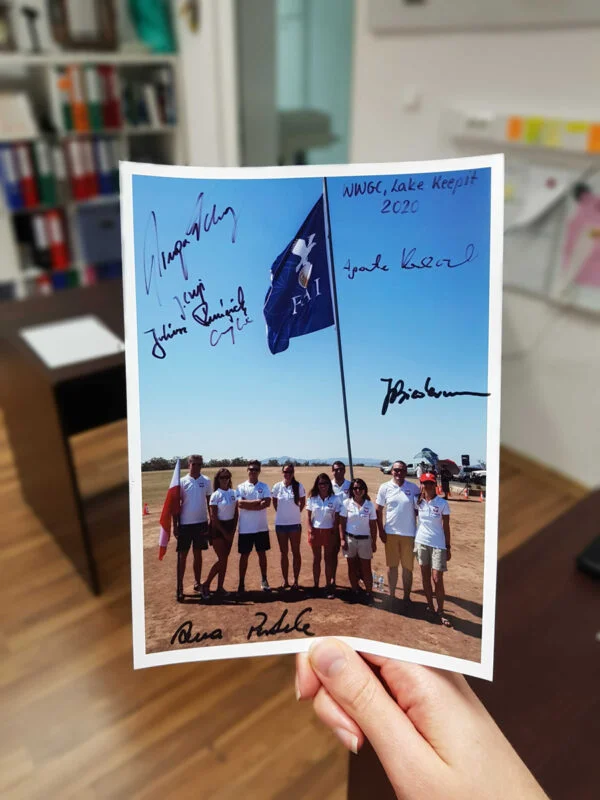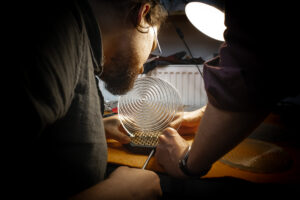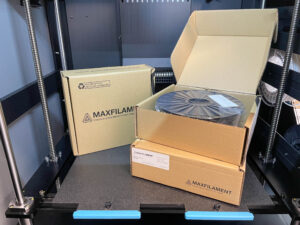Exactly a year ago, Sygnis New Technologies had the pleasure to support the Polish National Gliding Team in competing for the podium at the Women’s World Championship in Australia. However, the competition did not went without controversy.
Today I am talking with one of the players of the Polish team – Kinga Tchorz, a pilot and a graduate of PWSZ Chełm, to find out what emotions accompanied the Polish team during last year’s starts.
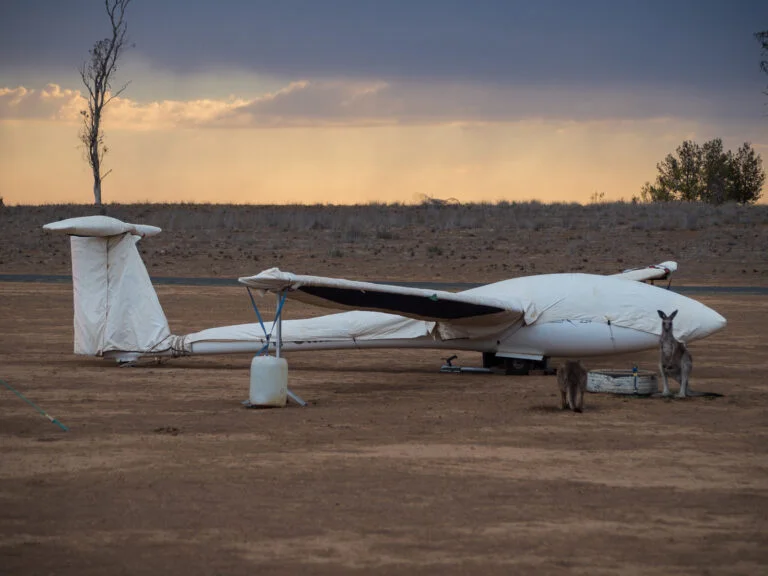
Source: Polish National Gliding Team
– Hi Kinga! Please tell us what the preparations for the launch looked like?
– Hi! This issue can be divided into several parts. The trip itself is one thing, though it is the result of preparations that took place all seasons backwards, because training is necessary to go to such competition. However, another issue is logistics, preparation for this particular trip. It was a massive challenge for us because the championship took place over 16 000 km from home. In a place where I will not be able to ask my friends for help, where I cannot get to by car, unlike, for example, Berlin, to see what it is like there, how is it to fly there. It is a huge distance, a different lifestyle, different fauna and flora.
The preparations themselves were a challenge for us. Lots of people were involved and we needed to join forces. Not only the participants themselves but also our helpers and other members of the team. However, as it turned out, people from outside of the aviation sphere came to us with great help. Though, everything played a role, both the preparations there and here, such as the transportation of the gliders.
– Where did the support you mentioned come from?
– It is worth mentioning the “Polak Potrafi” project, which is a crowdfunding fundraiser, which consists of describing the objective you want to achieve. With us, these were funds for tickets, for our assistants, for car rental, accommodation. In return, we offered prizes. These were glider flights, balloon flights, souvenirs from Australia and, of course, 3D-printed models of the gliders that were given to us by Sygnis.
Support was huge. Also, Polonia visited us, which we did not expect at all. They arrived with grids full of food and Christmas gifts, so despite many degrees on the thermometer, we were warm-hearted.
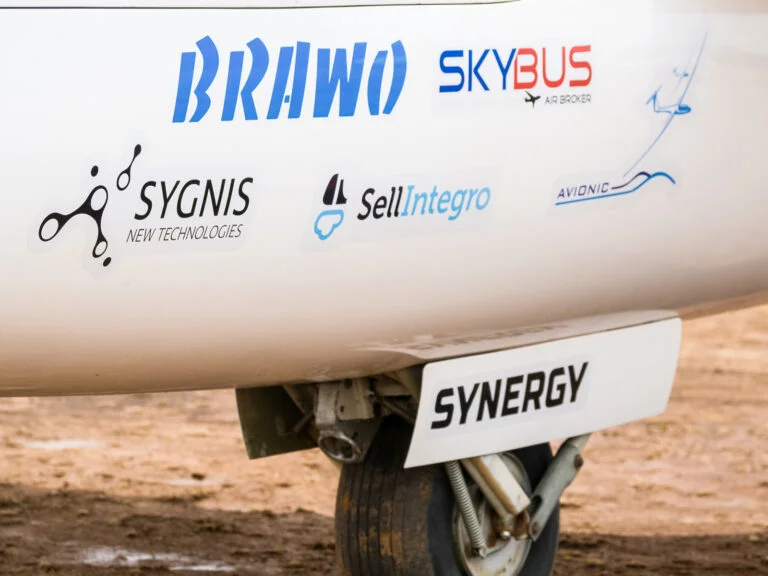
Source: Polish National Gliding Team
– During the competition there were some wrongdoings by the Australian national team. Could you bring this thread closer to us?
– Of course. The topic is still hot even though almost a year has passed. However, I can say what it looked like from our perspective. The World Cup is different from the competition we play here. At the Polish Championships, what I show is my job. I prepare the glider, take off with it and make a specific result. However, at the World Cup, there is also something like a ground team. It is equipped with many devices, such as trackers, which we have on board. Thanks to them, the team can follow our movement on the screens. They can see our position on the route as well as where the other participants are. So the World Cup is not only a duel of participants fighting in the air but also ground teams.
It has become popular in the world, though erroneous, that these are races of remote-controlled gliders from the ground. To avoid this, the organizer provided us with its own tracking devices showing the parameters of our flight with a delay up to 15 minutes. Such quarters of an hour are a certain buffer for tracking and it is not so easy to use it on the part of the opponent. On the other hand, there were a few teams that got around this delay in instruments and had a preview of what was happening live. You can imagine the advantage that someone knew where we were at the moment, what we were doing and what value of soaring we were circulating. They could follow the tactics we chose and, oddly enough, the teams that did it ranked high in the table. However, I am not able to say whether this directly transformed into their result. They could just be very well prepared. Nevertheless, the distaste remained, and the case is still pending with the Australian Gliding Federation.
– What surprised you most?
– I can tell that we were all surprised. This differs greatly from flying in our areas. We were set up for very difficult conditions, despite the glider legend that the clouds are very high there and it flies well there. However, when we arrived, it turned out that the fires were so intense that for the first two, three weeks we had a lot of bad weather. There were days when it was not possible to fly at all. The true Australian weather came only after some time.
Surowy australijski klimat dawał się we znaki.
Source: Polish National Gliding Team
– How did fires affect weather conditions?
– If you want to explain it easily, you need to look at the thermal itself. What the gliders fly on is warm columns of air. These are created by heating the surface of the earth. The darker area becomes warmer than the forest, for example. When such contrasts occur next to each other, the effect of the sun causes such thermal chimes to “tear-off”. So if there was very high turbidity of this air by fires (in fact by a mass of smoke), then the sun did not heat up the area properly. We, of course, have followed the situation and verified whether it will suddenly be necessary to move because of a nearby fire. However, this affected the conditions. We flew one competition without visibility at all. You couldn’t see the ground, which was very dangerous, especially when you were over a site with no safe landing spots.
– You had to land in places not designated for this?
– There was a competition where we all landed in the fields. In terms of landing sites alone, Australia is quite unusual in this respect. We have a lot of fields and crops that are suitable for a safe landing. However, there is a large piece of land on which are mostly pastures – safe for landing in case of inability to reach the designated landing site.
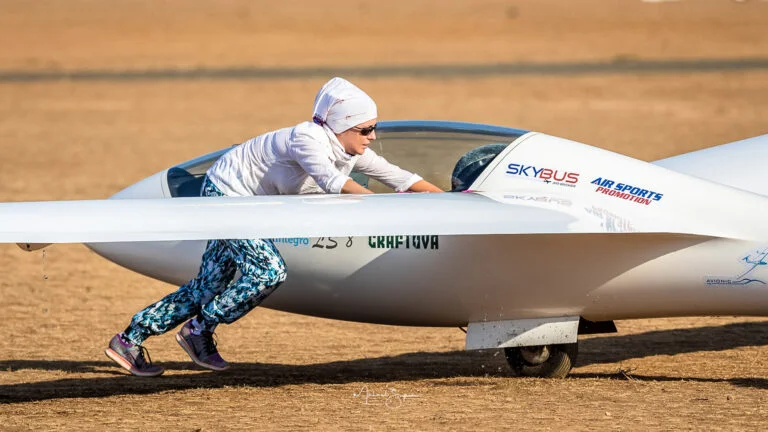
Source: Polish National Gliding Team
– Does the pandemic affect the Polish National Gliding Team?
– In the season where the beginning starts in March-April and ends on the last day of August, the two events we have considered so far have fallen out of the calendar. Everything else was done with caution – briefing with masks, etc. However, the competition itself took place in the same way as before. I do not know what the next year will bring, but in terms of training, I did not personally lose a lot.
– What was your experience of living in Australia?
– Quite unique experiences, temperatures and ways of life are different. To get water in the nearest shop you have to drive 40 km one way. This gives you food for thoughts. You can’t go out in flip-flops and pyjamas to the neighbourhood shop. You have to pack in a car and prepare for a long journey. In the car, also a new steering wheel on the other side, so at the beginning, we kept opening the wrong door. Cars are also specially adapted for driving in wild areas. They have a reinforced structure and reflectors so that after dark you can see kangaroos jumping on the road.
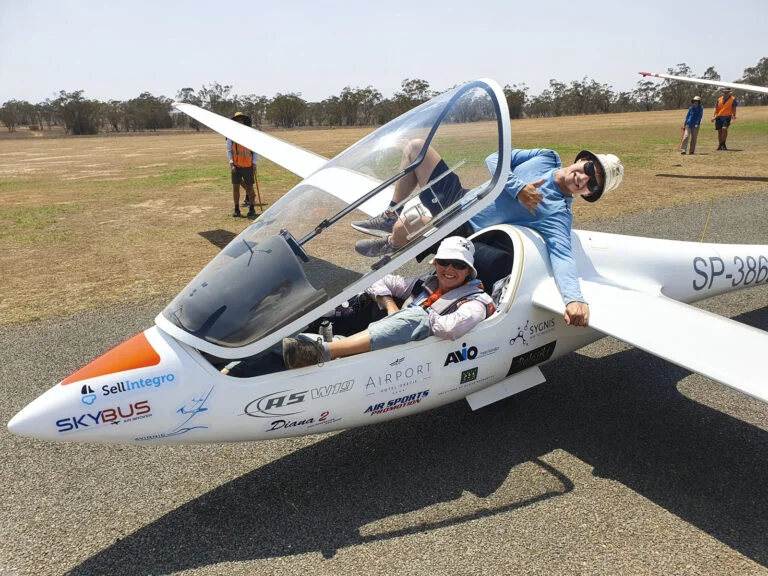
Source: Polish National Gliding Team
– How does an airplane without an engine cover such great distances?
– The operating principle of the airplane and the glider is the same. Both have wings and they produce a supporting force that holds the aircraft in the air. If the engine stops operating on the aircraft, it does not fall vertically into the ground, only the flight goes down. However, the aeroplane is less aerodynamic, so it will find itself on the ground faster.
How does it work that gliders continue to fly? Our entire flight is falling. Looking for these warm areas, we have instruments that show warm air “columns” that are several hundred meters in length. As we go through this, let us call it a “tunnel”, we will lift up to a certain height. We are falling down and we are going to rise again. And so on. We can often see this effect by watching birds circulating in one place. White storks behave in a similar way – they do not flap their wings but float during flight.
– What distance can be covered by flying a glider?
– The record at the moment is approx. 3 thousand. km. In the past, records were beaten by flying up to 48 hours continuously. Unfortunately, this led to people starting to lose their lives in disasters. Today, the record break has been limited by the length of the day. The record I mentioned, achieved in the mountain range in South America, has been reduced from sunrise to sunset.
The heights are also worth mentioning. We have a project aimed at studying wave phenomena, where the glider soars up to twenty thousand meters. There are plans for even greater heights – all without a drive!
– Does gender play a role in the pilots’ community?
– There are still fewer women in aviation. When it comes to predisposition, it is not a physical sport, so there are no such limitations. It is known that the psyche of men and women is slightly different from each other and a certain barrier is created here. Women, however, seem to be a little more conservative. This plays a role in making sudden decisions and is a factor that sometimes causes someone to take a chance and throw further for a better overall result. However, when looking at mixed competitions, it can be seen that one gender is equal to the other. There are fewer women in the world rankings, so something definitely influences it. For me, it has become a lifestyle that I would never give up.
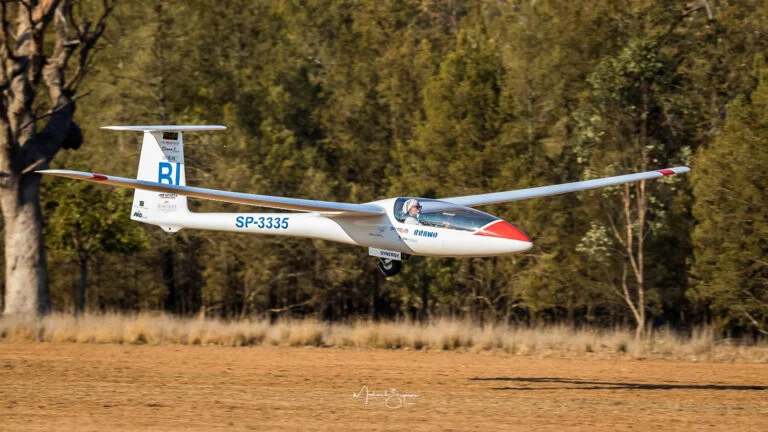
Source: Polish National Gliding Team
– How do modern technologies influence the development of aviation?
– Technology has a huge impact. Aviation is a relatively young field compared to other fields of transport. The gliders themselves are much more advanced in terms of aerodynamics than some planes. Many glider solutions are later used in airplanes. Manufacturers are trying to improve the structure, and the most important element is the material from which the glider is made. Today it is fiberglass and carbon. Therefore, the barrier is not the shape, but the raw material itself and the accuracy in the production processes of individual elements, e.g. wings. By reading articles or listening to conversations with designers, you can learn that we are waiting for new material that will push this boundary and allow us to achieve even better performance.
– Is 3D printing used in gliders production?
– Components are being produced by these methods and are becoming more and more popular. Accuracy is very important to us. It can be achieved through 3D printing. This has a huge impact on what we can accomplish. Many of these items are now going into the machine. The production of gliders is still manual, the majority of the components are hand-made, but the parts that are going to the inside are increasingly produced by additive techniques. In many cases, this is also a weight reduction, which is extremely beneficial to the design. I think this is a future prospect.
– Since you already mentioned the future – what are your plans for the coming months?
– Further training. Another world championship is approaching, this time in England, for which the entire team is preparing. Together with my friend, we have ambitions to fight for high places there. Besides, my plans are professional development in the second type of flying – the motorized one. I hope that despite what happened on the aviation market (it was hit hard by the pandemic), I will find a place somewhere. My dream is to earn money with commercial aviation for aviation, which is my passion.
